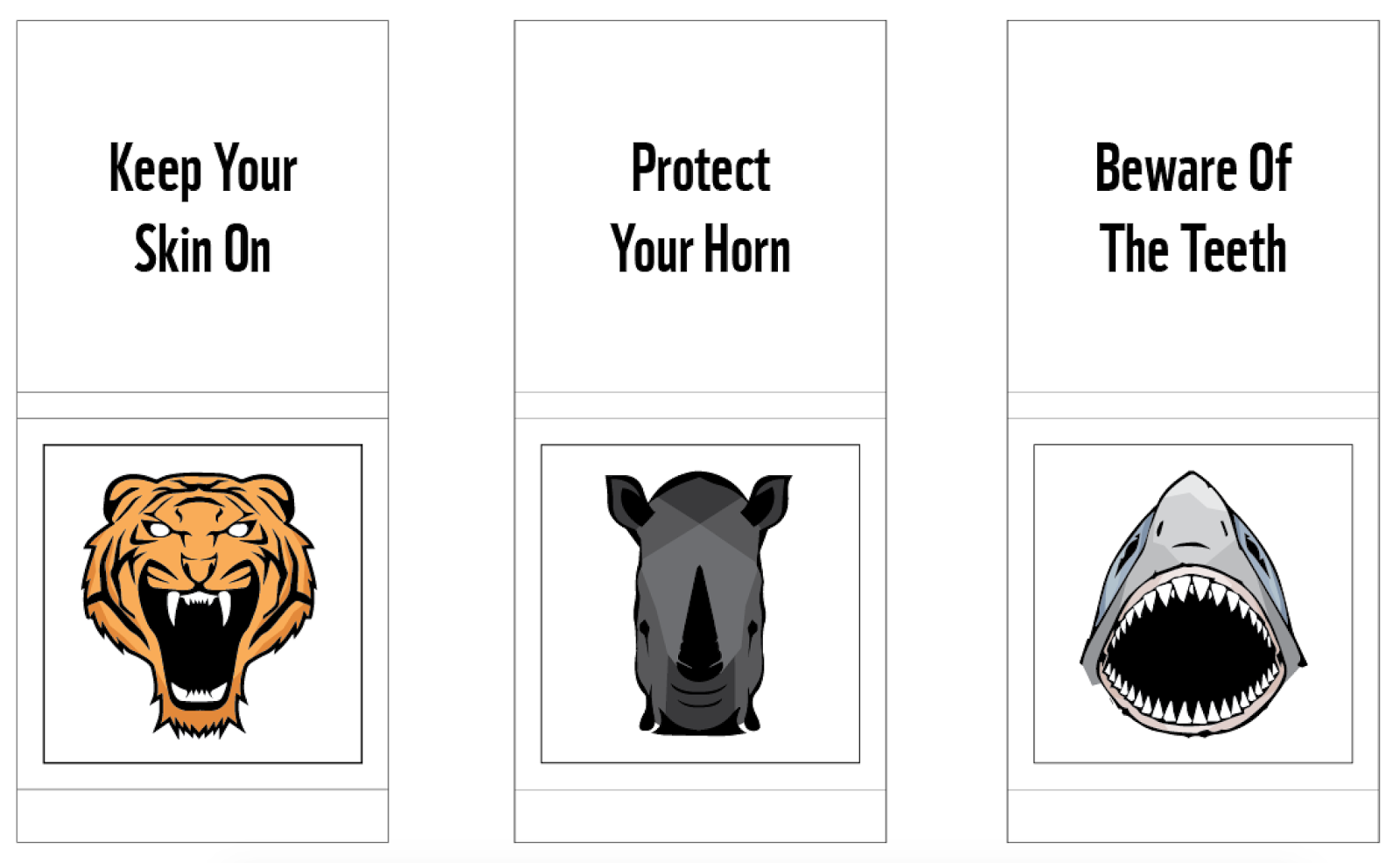General Thoughts On The Module
I found that when I was in the studio working on responsive briefs, the amount of variation in the work that people were doing made it much easier to engage with other people, which benefitted feedback I was given and gave out myself. When everyone is tackling the same brief I sometimes get a bit fed up with seeing and hearing about it.
The freedom to choose our own briefs was great as well, as it put me in a position where I was only doing work that I specifically wanted to do, which helped my commitment towards the work and ultimately improved the quality of the outcomes. The only possible exception to this was the J2O brief, but even then, I ended up pretty pleased with the outcome.
With the differences in the assessment criteria between Responsive and OUGD504, I’ve found that my research has been much more concise for responsive than it ever has been before. I also think the blogging workshop helped this. Whilst this is something that has made my life easier, it’s lead me a little confused on a few occasions about what direction I should be going in. This was particularly prominent in the Royal Mint brief where my research was more limited and the WWF mock-ups I did for the advertising student, where I hadn’t felt the need to do research before starting the work.
My Performance In The Module
I’ve got mixed feelings about how I did this module. I’m a bit annoyed that I didn’t end up doing the Pantone brief, as I feel that could’ve been a really suitable brief for me to do because of the name of the place where I live (explained further here). That said, the only suitable time for me to have done this would’ve been while I was at home after Christmas, and my poor time management early in the module meant that I didn’t think about this until it was too late, as I spent Christmas working on PPP and OUGD504. This is something I’m disappointed with myself for, as normally time management is something I’m good at.
Looking through my final outcomes for responsive and comparing them to the outcomes from previous briefs I’ve done, I’m happy with the improvement in the quality of my work, in particular the app mock-up, the Nonversation posters, and the WWF Condom branding for the collaborative brief. Like previously mentioned, I was even pretty pleased with the J2O branding when it was physically produced.
The process I went through to make sure all my outcomes were relevant was logical, meaning that the concepts behind the work I produced were solid and the strategy behind them was well thought through, particularly with Nonversation, Secret 7 and the WWF collaboration with Jamie.
Despite all the positives, this module has made me question my ambition slightly, as when I look through my outcomes there’s no fancy print finishes, no foil blocking or embossing, no screen printing or anything that requires any extra effort to produce. I stand by this, as they weren’t appropriate for the briefs I did, but the fact that I chose these briefs without recognising the lack of variation in potential processes is something that makes me question this about myself.
Working With Other People
As well as the collaborative brief with Jamie, I also worked with/for Beth. I’ve lived with Jamie since last year and have known Beth the same amount of time, so I felt confident that I could enjoy working with them without compromising a personal relationship. This was an important factor in both briefs as it was important that communication was good, epitomised by how smoothly the collaborative brief went as living with Jamie made communication so easy as we spend so much time together.
The concept behind the WWF brief Jamie and I did had existed in my mind for quite a while, and it was something that I felt could work really well with the right set of skills. Jamie and I have very different ways of working, and this comes with having different strengths. Despite the reoccurring argument for a lack of ambition that comes with working with someone that you know well, the way we worked throughout the project capitalised on this, and we really made the most of the opportunity to collaborate.




































.jpg)

















